home
>
Blog
>
Photography
>
Depth of field: 5 hacks to perfect your photos
Depth of field: 5 …
Everyone can take a photo, but only those they know What is depth of field they can get more interesting and professional compositions.
And it is that when you understand what this concept is about, you will see how infinite possibilities open up in which, finally, you can take full advantage of the manual mode of your camera to get photos with blur or completely sharp.
🥇 We promise you this will take you to the next step in becoming an expert in photographic art!
On this note you will know what depth of field is and what are the elements that influence it. Then you will hang the camera, because we will explain these 5 hacks so that you can master the area focused on your photographs.
Index
- What is depth of field?
- What factors affect depth of field?
-
5 hacks to take photos with depth of field
- Set your camera to aperture priority mode
- Adjusts the aperture of the diaphragm
- Adjust the focal length of your lens
- Vary your location in front of the subject
- Play with your subject’s location relative to the background
To know how to get photos with depth of field, let’s first define the concept, do you think?
According to Fernando Farril, photographer and professor of the course Fundamentals of Digital Photography of Crehana:
Depth of field is the sharp space in front of and behind the point in focus.
In other words, depth of field is the entire area that looks sharp in a photograph.
Very tangled? Do not worry! Next, we show you some examples of depth of field and you will see that everything will be clearer. 😉
What is a large depth of field?
Look at the next photo.

Source: Freepik.
In it we can distinguish from the water of the lake that is in the foreground, to the waterfalls and the most distant trees that are in the background.
👉 This photograph has much depth of field, as all areas look sharp.
What is a small depth of field?
Now look at this photograph.

Source: Pexels.
Here we see that only the subject is in focus and the background has a Bokeh effect. This is great for taking blur photos.
✅ This photograph has shallow depth of fieldas only a small area is sharp.

exist 3 items that directly influence whether we get a lot or a shallow depth of field in a photograph:
- The aperture of the diaphragm
- The focal length of a lens
- The distance between the object to be photographed and the camera
The aperture of the diaphragm and depth of field
The diaphragm of a camera is the element that regulates the entry of light towards the sensor of a lens. So that, at a larger diaphragm aperture, more light will enter the sensor, and vice versa.
This aperture is measured by f / numbers. The smaller this number is (for example f / 1.8), the larger the aperture will be and the more light will enter the sensor. On the contrary, if the f / number is larger (for example f / 22), you will be closing the aperture and less light will enter the sensor.
Look at it graphically 👇

Source: Photographer’s Blog.
Okay, and how is this related to depth of field?
✅ The relationship between the aperture of the diaphragm and the depth of field is inversely proportional. The smaller the diaphragm aperture, the greater the depth of field, and vice versa.
Depth of field and focal length
The focal length is the distance between the camera sensor and the optical center of the lens.
Farril expresses it in a more practical way in the course:
The focal length shows how open or closed our shot is and is cataloged in millimeters.

Source: Euronics.
✅ The relationship between focal length and depth of field is inversely proportional. The longer the focal length, the shallower the depth of field.
Depth of field and the distance between the object and the camera
Finally, the distance that exists between the subject of the photo and the camera also influences the depth of field as follows:
✅ The relationship between distance and depth of field is directly proportional. The further you are from the subject, the greater depth of field your photo will have.
💡 Ideally, combine these three elements to master depth of field.
Have no more doubts about how depth of field is achieved in photography. With these hacks you will get it!
The first thing you have to decide is what you want to achieve with your composition, that is, if you want a wide or small depth of field.
Define:
- If you want to capture each and every element of an image for landscape photography or street photography, you will want to work with a wide depth of field.
- Now if you want photos with blur, as you normally see in portrait photography or food photography, you will want to get a shallow depth of field.
So how do you make depth of field in photography? Let’s get the most out of your camera! 📸
Create your own home photo studio and practice depth of field
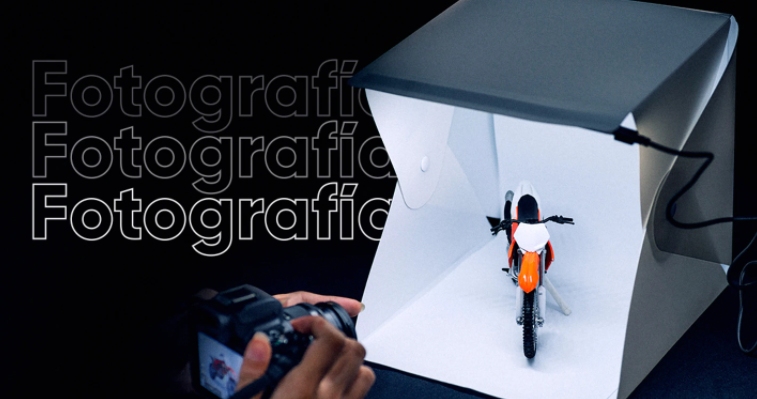
Look on your camera for the aperture priority mode on the mode dial (you can find it as A mode or AV mode depending on the make and model of your camera).
The hack
👍 This is a setting that allows you to manually select the aperture, while the camera automatically corrects the shutter speed and ISO exposure.
In this way, it will be much easier for you to control the 3 factors that affect depth of field.

Source: Computer Hoy.
Depending on how open or closed the diaphragm is, you can have blurry or sharp photos.
You see, to larger diaphragm aperture (when less light enters the sensor), the smaller the focused area will be and, therefore, we will have shallow depth of field.
On the contrary, if we work with a smaller diaphragm aperture (when more light enters the sensor), all objects in the image will be in focus and we will have a greater depth of field.
Let’s see it with an example.
The photo on the left has a reduced aperture of f / 25 and therefore we can see the pattern of the background much sharper compared to the photo on the right that has an aperture of f / 3.5.

The hack
👍 If you want to have all the elements of your image much more focused, you just have to close the aperture of the diaphragm. For that, try settings from f / 6 onwards.
👍 If you want to focus only on a part of the photo, try opening the aperture at its lowest setting, below f / 5.
Another way to take photos with a lot of depth of field or with limited depth of field is by adjusting the focal length.
If you want a longer focal length, it is recommended to work with wide-angle lenses (24mm or 35mm). But if instead you want a shorter focal length, it is better to choose a telephoto lens (80mm) or a medium lens (50mm).
The question is, How do you know what the focal length of your lens is to get photos with depth of field?
Very simple: this value is marked on the front of all lenses expressed in millimeters, or you can also see it marked on the side.

Source: Canon.
The idea of this hack is that you adjust the focal length according to what you want. Look!
In both photos we kept the aperture fixed and shot at the same distance. In one case we shot at a 50mm focal length, while in the other we shot at 16mm. The result is these photos with depth of field:

The hack
👍 If you want a larger depth of field, use a short focal length.
👍 If you want a smaller depth of field, use a long focal length.
For this hack, set a focal length and aperture value. The only thing you are going to change is the distance at which you are facing the subject of the photograph.
How to make depth of field in photography with this trick?
In the comparison, you see that the photo on the right was taken 5 cm from the object and that helps us to create a photo with blur. For its part, in the photo on the left, which was taken at 30 cm, all the elements are acceptably in focus.

The hack
👍 If you are further away from your subject, you will have a greater depth of field.
👍 If you take a photo closer to your subject, you will have a limited depth of field.

Now what happens when we put our subject near or far from the background?
Let’s look at it.
Set a fixed value for the focal length and aperture, and stand at the same distance from the subject.
The only thing you’ll change is the object’s location relative to the background. In one shot you will put it close to the bottom, and in the other you will move it away. See what happens with depth of field.

The hack
👍 If you put the subject close to the background, you will have photos with a lot of depth of field.
👍 If you put the subject further from the background, you will have photos with a shallow depth of field.
What do you think of these photography tips to get photos with depth of field?
As you can see, applying this concept is not complicated, it is only about knowing the theory and knowing how to adjust some basic settings of your camera.
Once you have mastered depth of field in your home studio, you can begin to experiment on your own and discover the creative possibilities of photography! 📸

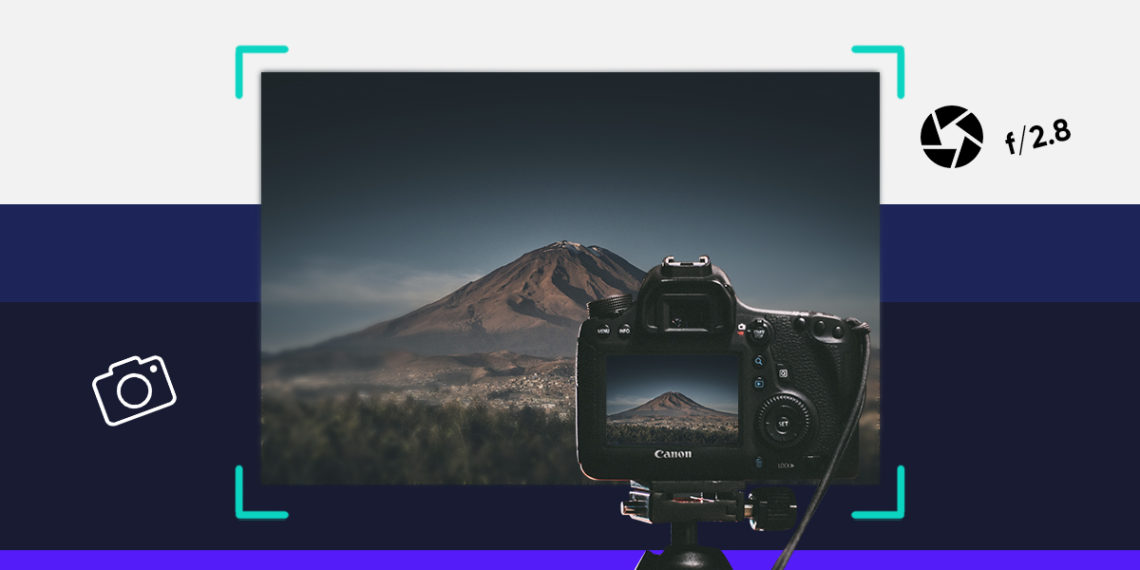
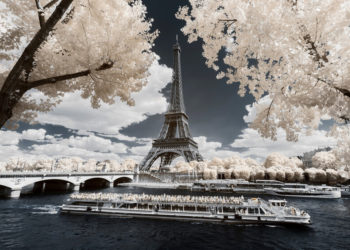
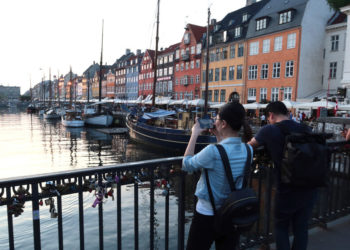
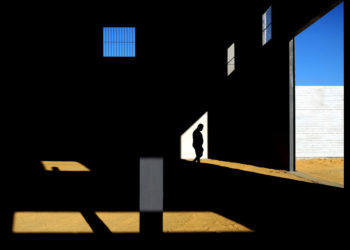
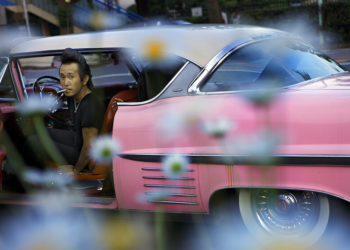


Discussion about this post